- TECHSWU
- Posts
- TECHSWU #98
TECHSWU #98



Sony has launched its Bravia 9 4K mini LED TV series in India, positioning it as the brightest 4K TV in the company's lineup. The series includes 75-inch and 85-inch models, both equipped with Mini LED displays.
The Bravia 9 TVs boast high peak luminance for detailed scene reproduction and utilize local dimming algorithms to control thousands of LEDs and enhance contrast. The TVs also feature XR Backlight Master Drive technology, which improves contrast and detail retention, as well as XR Contrast Booster 30 technology for deeper blacks and brighter whites.
Powered by the AI Processor XR, the Bravia 9 series includes features such as scene recognition, Studio Calibrated Mode, and Prime Video Calibrated Mode. In terms of audio, the series offers Acoustic Multi-Audio+ for a surround sound experience and Voice Zoom 3 technology.
The TVs are also optimized for gaming. The Bravia 9 series is now available in India at various retail stores and e-commerce platforms.

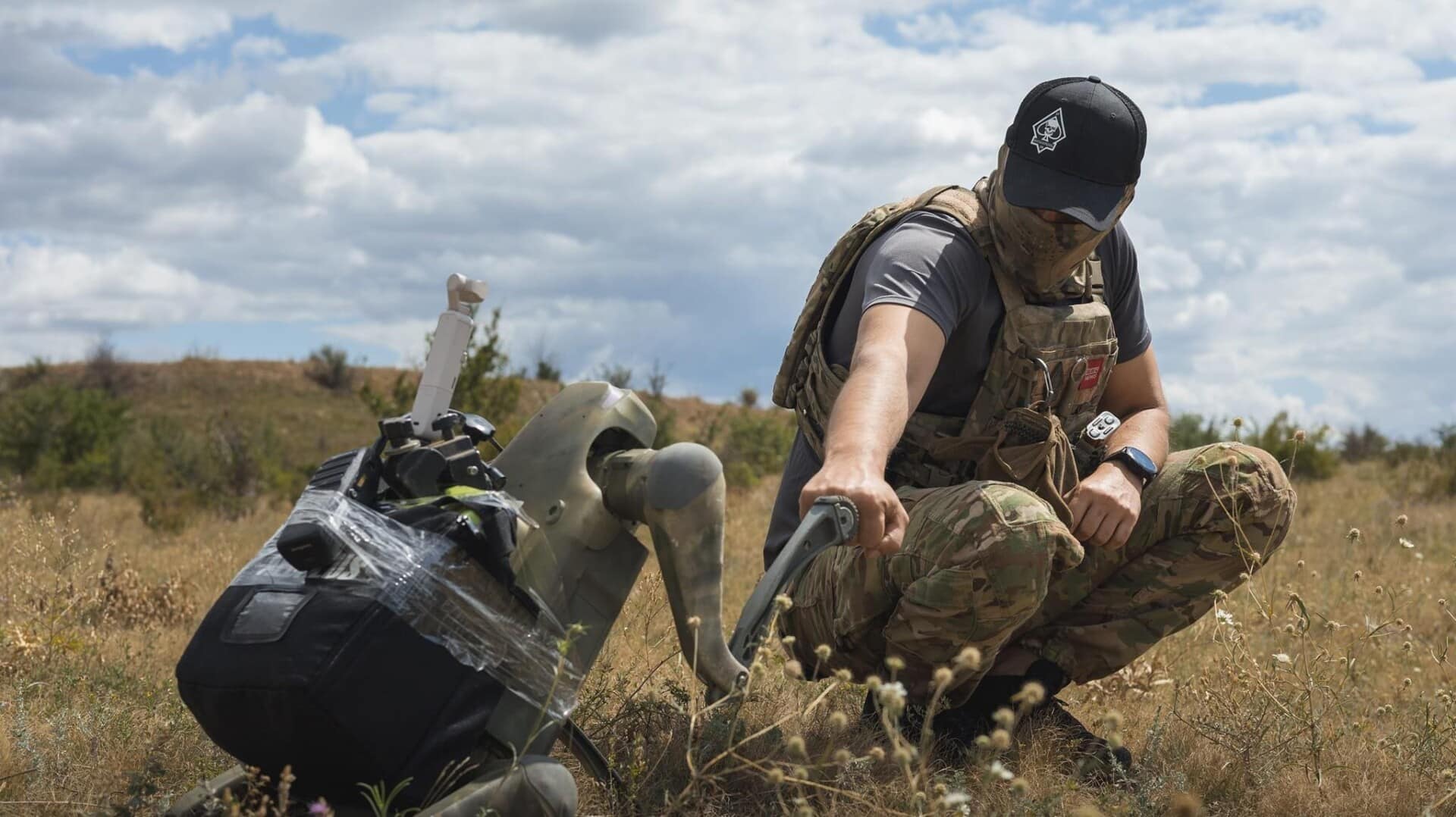
Ukraine has become the first country to deploy robotic dogs in combat, using Chinese-made Unitree Go2 Pro robots to dispose of bombs on the battlefield. These high-tech machines can carry up to 4kg, operate for five hours, and can be controlled from a distance of 3km.
Equipped with fish-eye cameras and a robotic arm, the dogs can survey dangerous areas, detect traps, and provide safety advantages over smaller drones. The robotic dogs were supplied to Ukraine by Brit Alliance, a UK-based security company that offers a wide range of services including VIP protection and international shipping security.
The dogs, which have a starting price of €4,000 (around ₹3.7 lakh), have proven to be cost-effective and efficient tools for military applications.
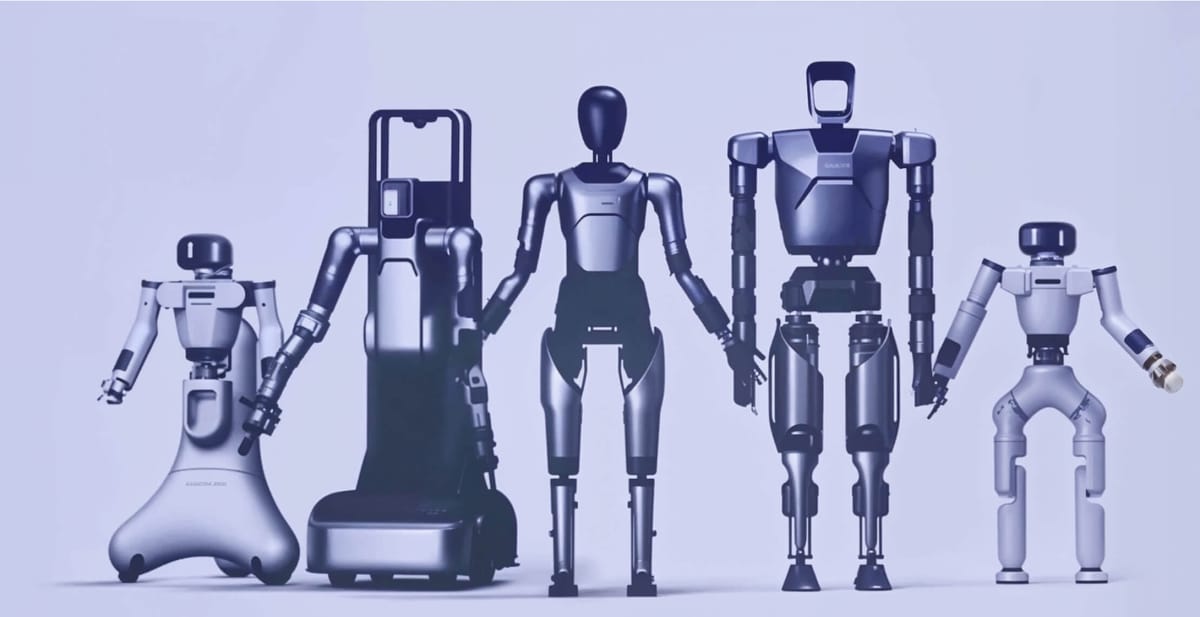
Zhiyuan Robotics, a startup founded by Peng Zhihui, introduced five new humanoid robot models at the recent “Zhiyuan Expedition Commercial Sailing” conference. The company also revealed plans to open-source key technologies and datasets to accelerate industry development.
The new product lineup includes robots designed for various commercial applications. The Expedition series features the Expedition A2, a service robot for customer-facing environments, the Expedition A2-W, a flexible manufacturing robot, and the Expedition A2-Max, a heavy-duty robot.
The Lingxi series includes the Lingxi X1, a fully open-source robot, and the Lingxi X1-W, optimized for data collection. Zhiyuan also discussed progress in power, perception, communication, and control technologies, and introduced AIDEA, an AI data system for collecting and processing robot interaction data.
The company presented a technology roadmap and announced the upcoming open-source release of its communication framework and the Lingxi X1. Zhiyuan aims to ship over 300 robots this year for commercial applications.


The Samsung Galaxy Z Fold 6 is a refined and lightweight foldable smartphone that doubles as a tablet. While it doesn't bring anything groundbreaking to the table, it offers small and useful upgrades.
The device features a more compact form factor and a svelte design, making it comfortable to hold. The cover screen is easy on the eyes, and the main display is vibrant and sharp.
The phone performs well for gaming, thanks to its powerful processor. It also offers several artificial intelligence (AI) capabilities, although some of these features are not fully refined.
The camera array remains the same as its predecessor, which is disappointing considering the price increase. The battery life is decent, but the charging speeds could be improved.
Overall, the Samsung Galaxy Z Fold 6 is a well-rounded foldable phone, but the high price tag may not justify the minimal upgrades.
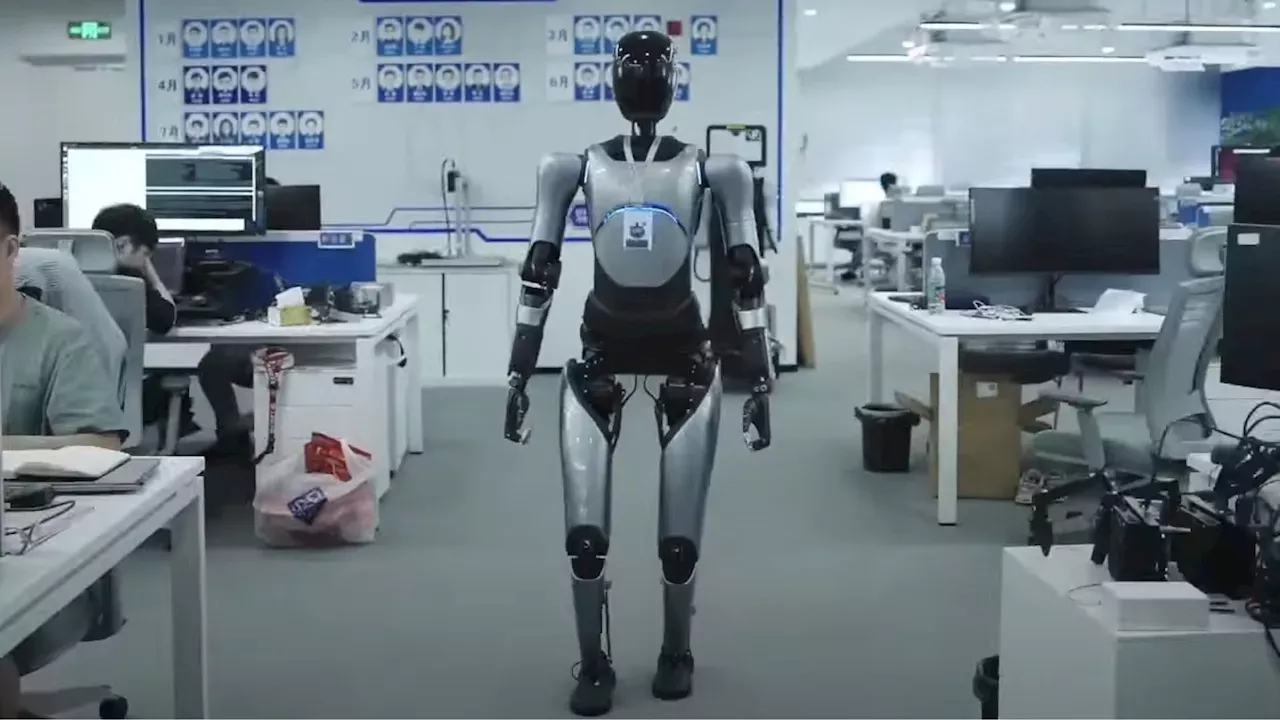
Chinese startup Agibot has unveiled a series of humanoid robots to compete with Elon Musk's Optimus. The Shanghai-based company, founded by Peng Zhihui in 2023, aims to challenge Tesla in the rapidly evolving robotics market.
The details of the five models of humanoid robots launched by Agibot are scarce, as the company has not provided much information on its website. However, it is clear that Agibot is dedicated to developing cutting-edge AI and robotics products for both home and industry.
With this move, Agibot aims to make a significant impact in the highly contested humanoid robot domain. It remains to be seen how this competition between Agibot and Tesla will unfold in the future, but it showcases the advancements in robotics technology and the growing interest in this field.

Nike and recovery device specialist Hyperice have collaborated to create two new products designed to enhance warm-up and recovery for athletes participating in the Paris Olympics. The first product is a wearable boot that provides heat and dynamic air compression massage for the feet and ankles, helping athletes move, perform, and recover faster.
The boot contains a system of dual-air Normatec bladders bonded to warming elements that distribute heat throughout the entire upper, promoting deep heat penetration into the muscles and tissues. The second product is a vest that uses thermoelectric coolers to deliver instant heating and cooling, allowing athletes to adjust their body temperatures during warm-ups and cool-downs.
The products are currently being tested by Nike athletes and will be released for general sale at a later date.
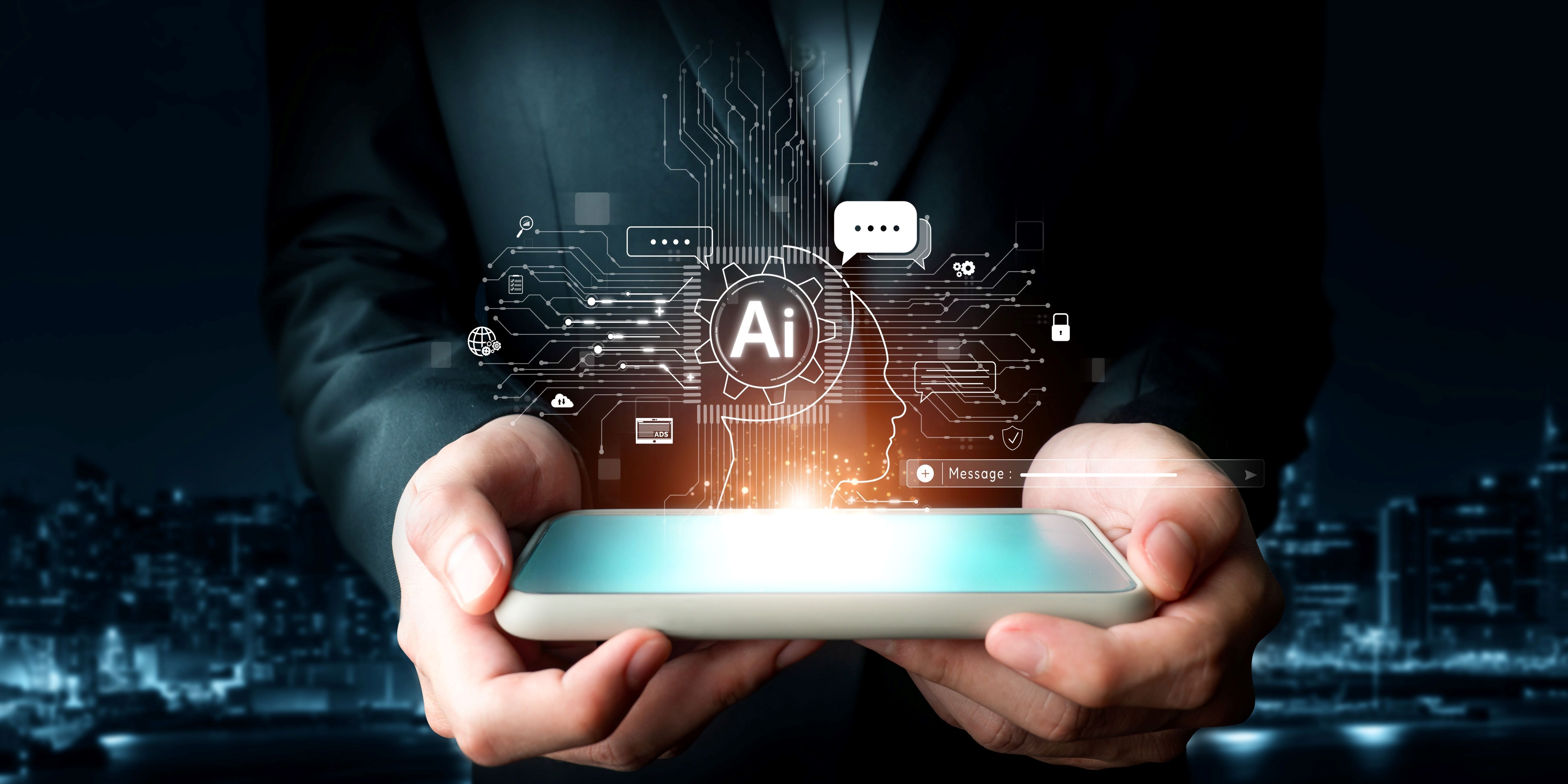
Suncorp Group, an Australian financial services company, has achieved several major technology milestones in the past year. These milestones include the modernization of data and customer platforms, the completion of a cloud migration, and the upgrade of the internal technology environment.
The company has also made significant investments in AI, digitization, and automation. Suncorp has migrated 90% of its technology workloads out of data centers and into public cloud environments, making it one of the first financial services organizations in Australia to reach this milestone.
The company has also completed the migration of its legacy data warehouse platforms to a cohesive, cloud-based platform, enabling the use of AI and actionable insights. Suncorp has empowered its employees with a next-generation laptop solution and improved end-user technology, allowing for secure and efficient work from anywhere.
The company has also seen growth in digital insurance purchases, with over 75% of customers buying insurance products digitally. Looking ahead, Suncorp aims to leverage AI and simplified technology platforms to deliver superior customer experiences and more competitive insurance pricing.

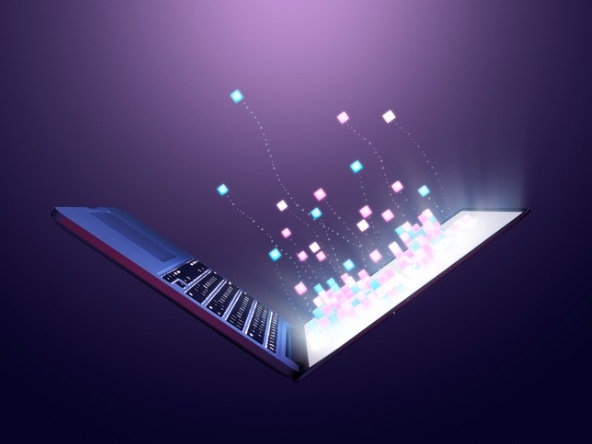
Insights professionals are embracing artificial intelligence (AI) and technology in their consumer insights initiatives, according to a report from Zappi and the American Marketing Association. The survey, which included 715 marketing and consumer insights professionals, found that 35% of respondents strongly agreed on the critical importance of using AI for consumer insights.
Additionally, 57% said it was vital for their company to employ AI tools to effectively harness consumer data. However, the report also highlighted some challenges, such as budget constraints, disconnected data, and time limitations.
Despite these obstacles, 83% of respondents expressed satisfaction with their company's insights function, and 69% viewed insights as "massively influential" in shaping business decisions. The report emphasized the need for companies to fully connect their data and insights to unlock true consumer centricity and drive greater impact in decision-making.

A team of researchers from Jiangnan University has developed a new textile engineering approach to fabricate woven and soft actuators for healthcare technologies and robotic systems. This scalable and easily-designable fabrication strategy utilizes a two-system weaving technology to integrate sensing capabilities and actuation modes into soft robotic "garments.
" The researchers used conductive yarns braided in a helical pattern around stretchy core yarns to create pathways for electrical current. When the actuators made from this fabric are stretched, the pathways switch off and the change in structure affects the electrical signals flowing through the yarn, enabling the detection of strain.
The sensing yarns are fully woven into fabrics, adding no weight, stiffness, or bulkiness to textiles, allowing the actuators to monitor their own movements without losing flexibility. This technology could have applications in rehabilitation wearables and assistive technologies in the future.
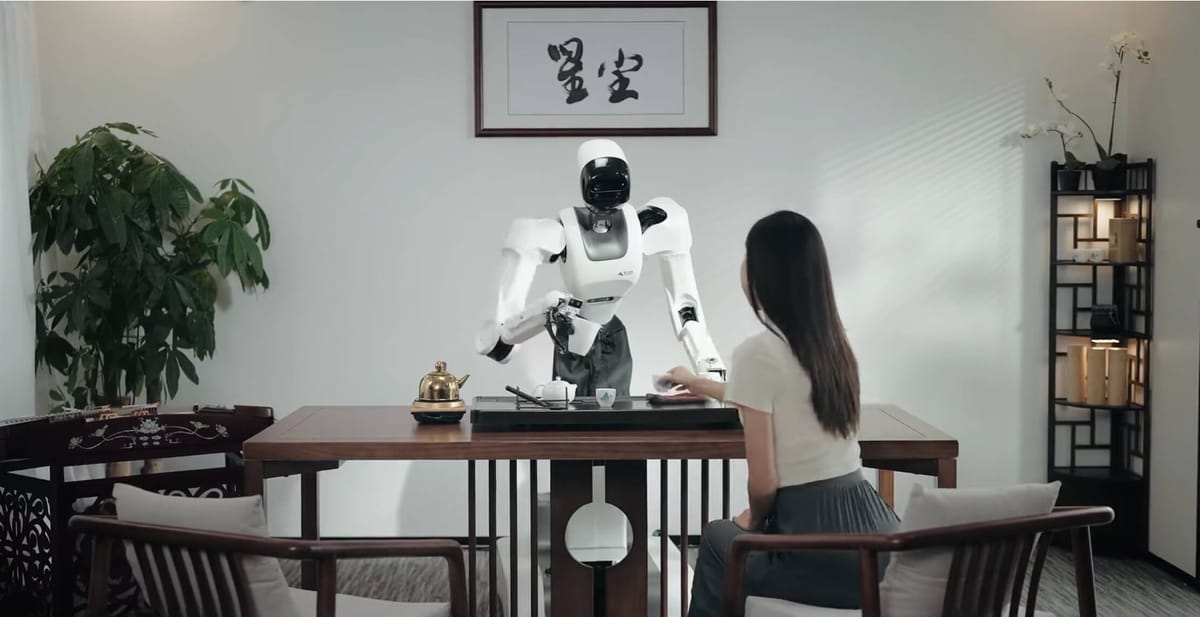
Stardust Intelligence is set to showcase its latest humanoid robot, the Astribot S1, at the World Robot Conference in Beijing this week. A new demo video has been released, demonstrating the robot's impressive capabilities.
The Astribot S1 has a human-like upper body mounted on a wheeled base, prioritizing dexterity and practicality. In the video, it can be seen performing various tasks, such as preparing a waffle and making kung fu tea with precision and control.
The robot also demonstrates its musical skills by playing the yangqin, a traditional Chinese instrument, with precise control and adjustment. The Astribot S1 also showcases its agility with tasks like practicing martial arts and making accurate basketball shots.
These abilities demonstrate the robot's versatility as an AI assistant. The Astribot S1 is built with Stardust Intelligence's Design for AI architecture, which integrates AI with advanced robotics hardware, allowing the robot to learn from and interact with its environment in a human-like manner.
Stardust Intelligence aims to commercialize the Astribot S1 later this year for research, commercial, and home applications.

The Federal Aviation Administration (FAA) in the US is set to issue a Notice of Proposed Rulemaking on whether drones can be flown beyond the visual line of sight. This decision will have significant implications for the future of drone use in the country.
If the rule makes it easier for pilots to fly drones beyond their line of sight, it could benefit a wide range of drone pilots, from search and rescue teams to delivery companies. However, it could also open up the skies to a mass of delivery drones, local government surveillance operations, and a whole new range of police surveillance operations.
The FAA has until September 16 to issue the proposed rule, which will then have 16 months to issue a final rule. The rule is expected to reflect a shift in the FAA's attitude towards drones and could result in a significant increase in the number of drones in the sky.
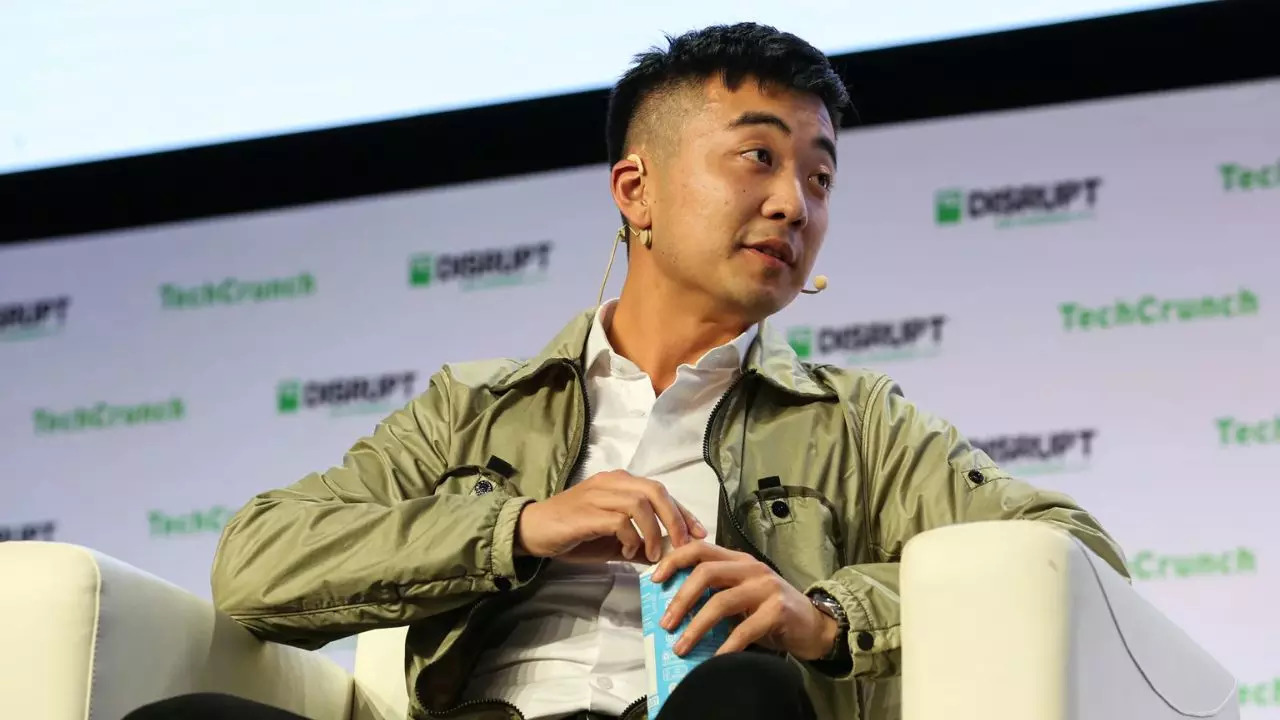
In an email to employees, Nothing CEO Carl Pei has announced a full return to the office, signaling the end of the work-from-home era for the company. Pei emphasized that this decision is crucial for Nothing's future growth and innovation.
The company has achieved rapid progress, becoming the only new smartphone business established in the last decade and the fastest-growing smartphone brand in India with a 567% year-over-year growth rate. Despite these successes, Pei believes that the company has only reached 0.
1% of its potential. He outlined three reasons for the shift back to the office: the need for close collaboration in developing physical products, the importance of creativity and innovation in competing with larger companies, and the ambition to become a generation-defining tech company.
Pei assured employees that occasional out-of-office needs can still be accommodated, and the transition back to the office will take effect in two months.
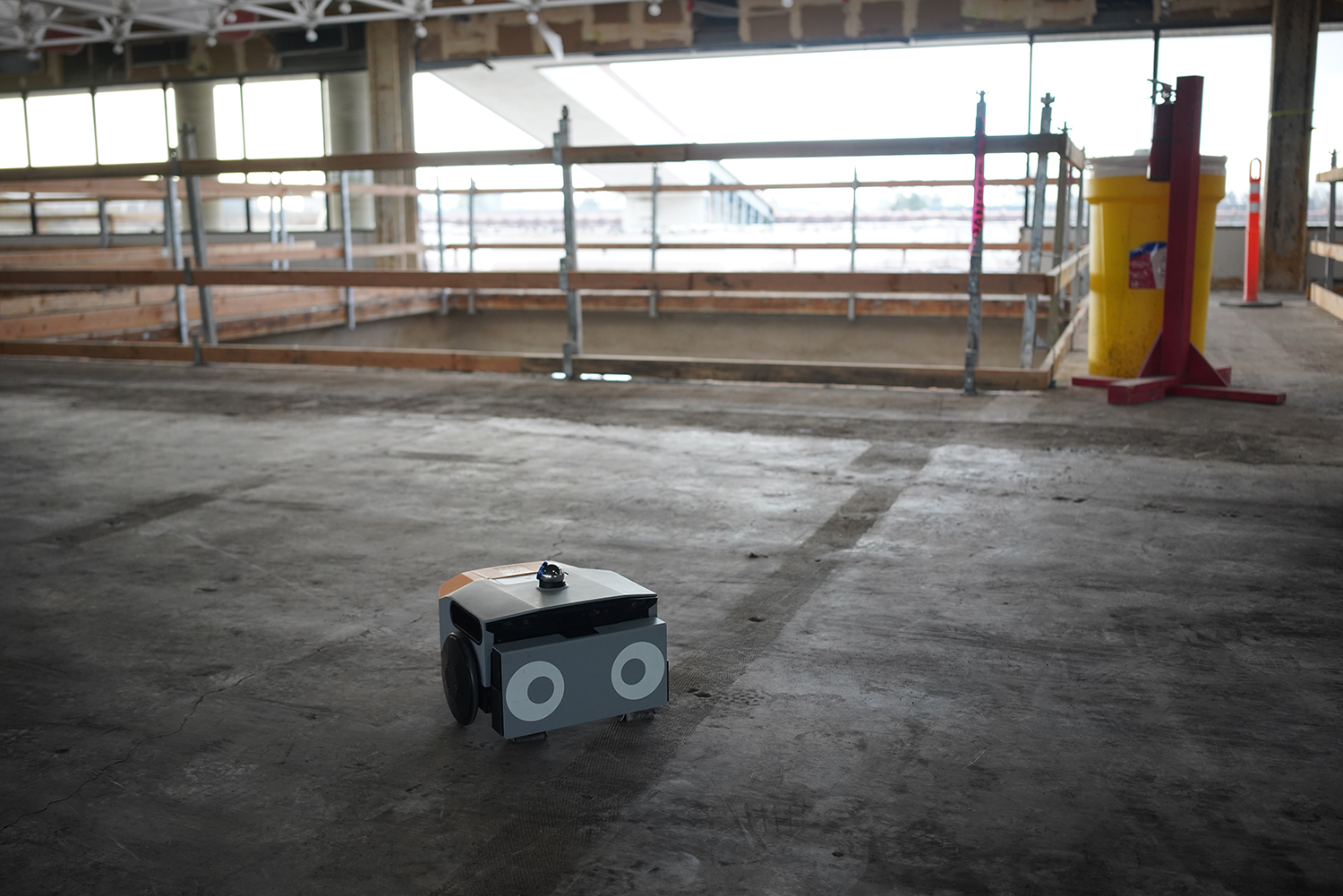
Robotic surveying is becoming increasingly popular in the construction industry as companies look for more efficient and accurate ways to lay out construction sites. Skanska, a global construction giant, uses robots for tasks such as taking photos, documenting work sites, bending rebar, laying down brick, and surveying.
The use of robots in construction is driven by skilled labor shortages and rising costs. One company, Dusty Robotics, has developed a robot called the FieldPrinter that automates the process of marking building plans on the ground, eliminating mistakes and speeding up construction.
The robot can also provide additional data to construction professionals on-site. Dusty Robotics has partnered with unions to train their members in using the robot, and the company is experiencing growth in complex construction projects, as well as in the manufacturing sector.

Artificial Intelligence (AI) has made significant advancements in the past decade, transforming industries and our daily lives. However, the rise of AI has also raised concerns about the potential takeover of jobs by robots and AI systems.
While previous technological advancements have led to job displacement, AI presents a unique challenge because it has the ability to learn, adapt, and perform complex tasks that were previously exclusive to humans. Sectors such as manufacturing, transportation, finance, and customer service are expected to be most affected by AI, potentially leading to the loss of jobs in these areas.
Despite the fear of job displacement, AI also creates new opportunities in fields such as AI development and maintenance, AI ethics and compliance, and human-AI collaboration. The key is to approach AI with a balanced perspective, recognizing both the challenges and opportunities it presents, and preparing for the changes it will bring.
